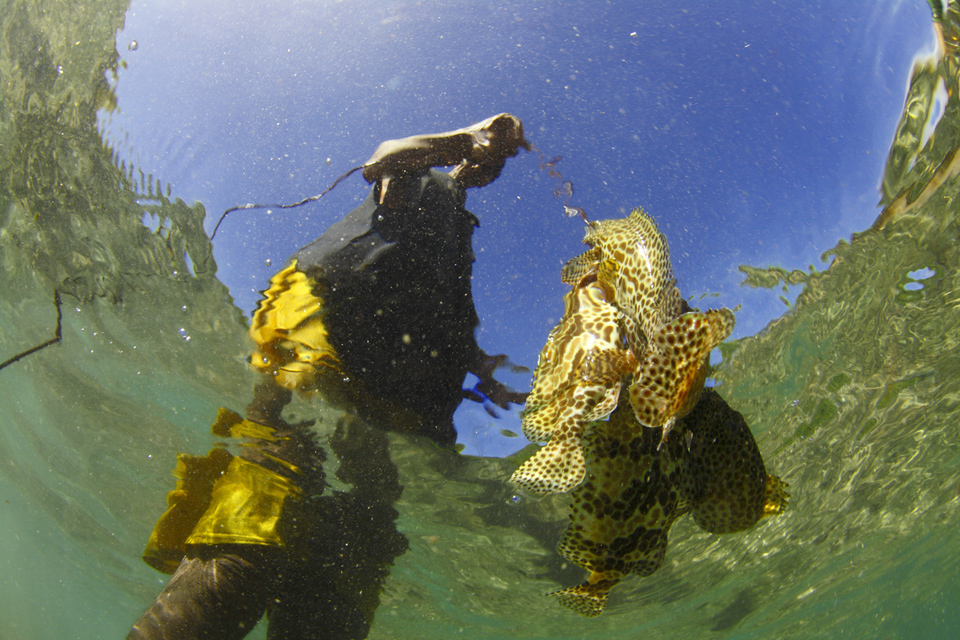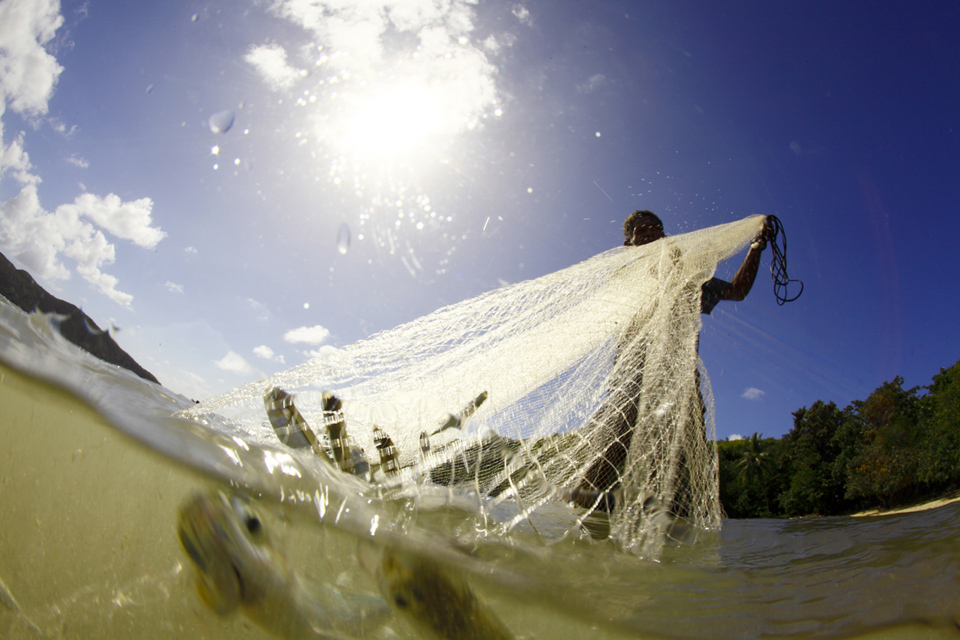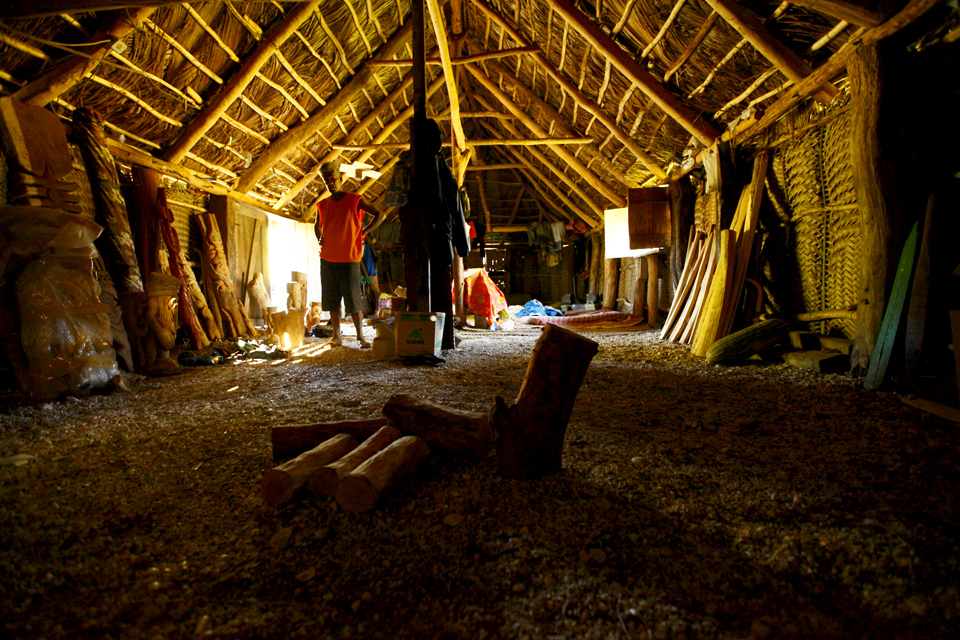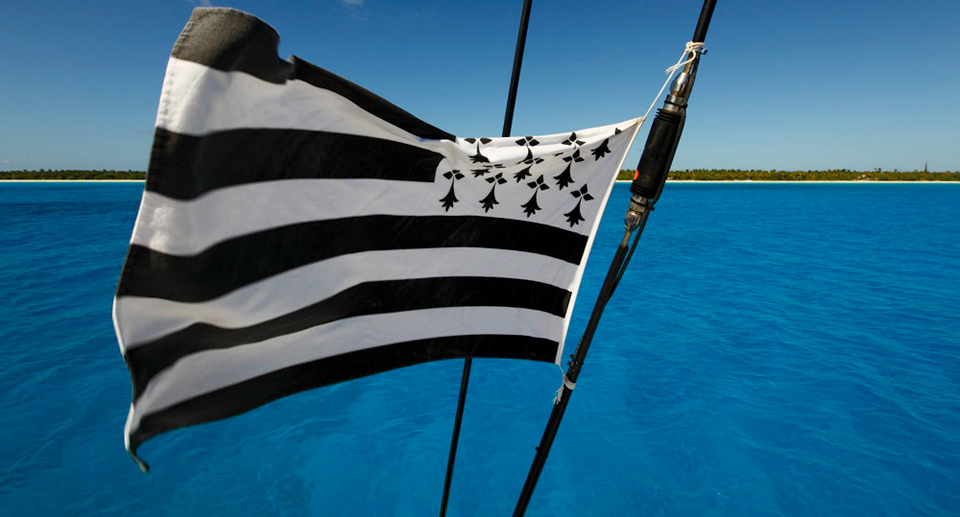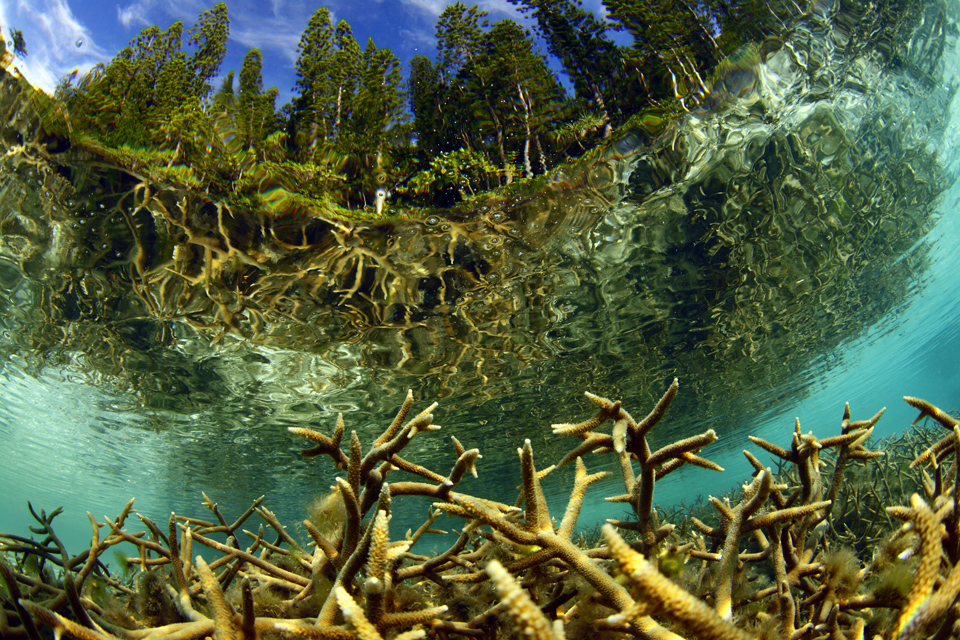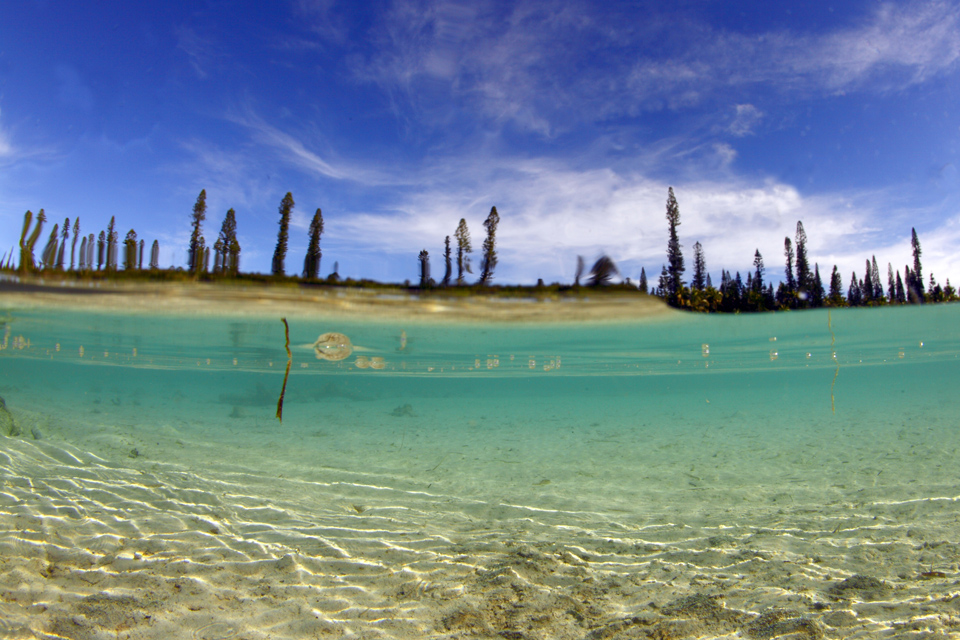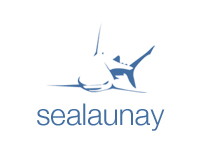“Pacific Natives may appear to some to be the most wretched people upon Earth, but in reality they are far more happier than we Europeans; being wholly unacquainted not only with the superfluous but the necessary Conveniences so much sought after in Europe, they are happier in not knowing them. They live in a Tranquillity which is not disturbed by the Inequality of Conditions. The Earth and Sea of their own accord furnishes them with all things necessary for life, they covet not Magnificent House, Household-stuff &c, they live in a warm and fine Climate and enjoy a very wholesome Air, so that they have very little need of Clothing and this they seem to be very sensible of, for many of whom we gave Cloth &c to, left it carelessly upon the Sea beach and in the Woods as a thing they had no manner of use for. In short they seem’d to set no Value upon anything of their own for any one article we could offer them; this in my opinion argues that they think themselves provided with all the necessary’s of life and that they have no superfluities.”
James Cook (October 27, 1728 – February 14, 1779) was a British explorer and navigator. He made three voyages to the Pacific Ocean, in which its main shorelines were discovered.
Captain Cook’s Journal during his first voyage round the world made in H.M. Bark “Endeavour” 1768-71
